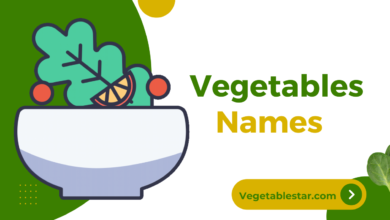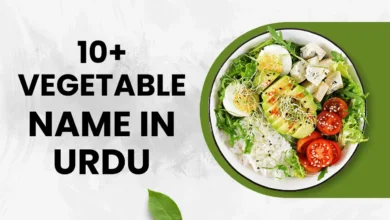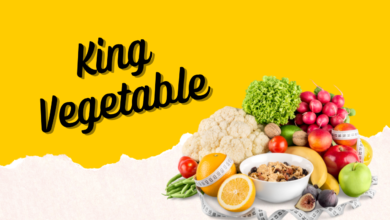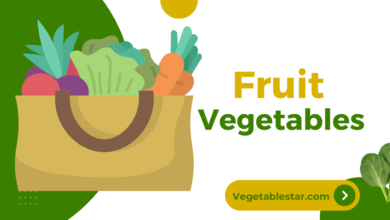Which is the world’s oldest known vegetable?

The pea, which dates back 8,000 to 10,000 years, is the oldest vegetable that has been discovered. It was discovered in Stone Age settlements. The pea is a legendary vegetable.
Vegetables have been extensively farmed by humans for millennia, although those eaten in prehistoric times were different from those we now enjoy heartily.
What Are These Peas?
Peas are tiny, edible legumes, not a vegetable, and as such, they are members of the same family as lentils, chickpeas, beans, and peanuts.
Peas grow on vines in pods, and when the pod is full, they are ready to harvest. Peas are in season from May to October, but as most of what we eat is frozen, they are a year-round staple.
Types of Peas

Three Different Types of Peas
Snap peas, snow peas, and shelling peas are the three varieties of peas, and each is best consumed in a particular way.
Snap Peas
The edible pods of snap peas are fatty, juicy, and sweet. Some of these cultivars are like candy in their sweetness! This kind is the one to cultivate if you’re searching for a tasty, healthful snack straight from the garden.
Kids adore them in particular. Since some of them can be harvested fewer than 60 days after planting, these peas are typically the earliest to reach maturity.
Snow Peas
Similar to snap peas, snow peas have edible pods, but they are flatter and contain smaller seeds. These are the peas you typically find in a stir fry with an Asian flair. They taste delicious fresh in salads or sautéed with butter.
Shelling Pea
The fibrous, inedible pods of shelling peas, sometimes known as “English” peas or just “garden peas,” are present. Only the seeds within are consumed. These are the peas that many of us grew up eating because they are particularly well adapted to freezing and preserving.
But don’t be fooled—a batch of freshly harvested shelling peas from your own garden is nothing like the canned green mush you had to consume before dessert! They taste well sautéed briefly in butter, combined with pasta, or even spread pureed on bread.
The Evolution Of Peas
The pea (Pisum L.), a cool-season legume and a member of the Leguminosae family, is a diploid species (aka Fabaceae). Peas are a significant food crop grown all over the world that was domesticated some 11,000 years ago.
Peas are a type of legume that have been grown for food for thousands of years and are also known by the scientific name Pisum. Humans have improved the size, flavor, and growth properties of peas over time by selectively selecting them.
Early pea cultivars had a harsh flavor and were tiny and rough. Farmers started to choose bigger, sweeter, and more tender peas throughout time, though. Additionally, they developed peas to have particular growing traits including disease resistance, earlier maturation, and higher yields.
Peas come in a wide variety nowadays, each with special qualities of their own. Others are developed to survive difficult growing conditions or to grow in specific areas, while some are bred for their sweet flavor and sensitive texture.
Genetic engineering has recently been used in pea breeding as a tool, enabling even more exact regulation of the plant’s properties. This has resulted in the creation of new pea varieties that are better adapted for particular growing situations, have enhanced nutritional profiles, and are more resistant to pests and illnesses.
Facts About Peas
- One type of legume, the pea, was domesticated in the Fertile Crescent around 11,000 years ago.
- Wild peas were first consumed by humans at least 23,000 years ago, and possibly even 46,000 years ago by our Neanderthal ancestors.
- The precise domestication process of the three present species of peas, which have extremely complicated genetic makeups, is still unknown.
What are peas’ top health advantages?
1. Excellent plant-based protein source
Peas are a filling part of a meal since they are high in fiber and one of the best sources of plant protein. They are also a valuable vegan source of iron, which the body needs to produce red blood cells and transport oxygen.
2. Could make managing blood sugar better
Peas are a good addition if you need to keep an eye on your blood sugar levels because of their low glycaemic index (GI) and high fiber content. Peas contain amylose, a type of starch that slows our digestion.
As a result, studies suggest that they may help improve the balance of our blood sugar. Additionally, peas contain minerals including magnesium, B vitamins, and vitamin C that improve blood sugar regulation.
3. Enhances digestive health
Fiber is abundant in peas, supporting digestive health and feeding the good gut bacteria that are essential to human health.
A large portion of the soluble fiber content may help with constipation. Consuming more fiber is linked to a lower risk of many diseases, such as obesity, type 2 diabetes, heart disease, and cancer.
Recipes With Peas
1. Pesto orzo with peas and zucchini (Risoni)
Orzo is a little pasta even though it resembles rice a lot. But don’t be fooled by its diminutive stature. There is a lot of flavor in this pesto orzo.
There isn’t much that this pasta doesn’t contain between the basil pesto, garlic, onions, zucchini, peas, and other components.
Additionally, cooking and preparation just take 15 minutes! Try this recipe if you’re searching for something tasty and quick.
2. Lemon Peas
Are you looking for a quick and easy side dish that is zesty and delicious? Lemon-flavored peas are the ideal dish.
Traditional green peas are used in the recipe, and they are given an even better flavor by the addition of garlic, lemon zest, salt, pepper, oil, and butter.
3. Pasta with Pancetta and Peas
The pancetta and peas in this pasta are merely afterthoughts in comparison to the soft pasta, creamy, garlicky sauce, and copious amounts of parmesan cheese.
This pasta dish is the ideal light lunch alternative or straightforward side dish for supper because it only calls for eight ingredients and takes less than 30 minutes to prepare.
4. Vegetarian and gluten-free Pea Pesto Pasta with Sun-Dried Tomatoes and Arugula
This pasta dish with sun-dried tomatoes, arugula, and pea pesto may be precisely what you’re looking for if you’re craving something a little heartier.
It’s easy to prepare, beautiful to look at, vegan-friendly, and gluten-free. There are few things better than that!
Conclusion
Peas have undergone a fascinating metamorphosis, going from being a dietary mainstay in antiquity to a delicacy today. The domestication of peas thousands of years ago laid the foundation for their widespread use, and the creation of new types through hybridization has increased their consumer appeal.
Peas are a well-liked component in cuisines all around the world because of how adaptable they are to cook and how nutritious they are. Peas are now a common ingredient in modern kitchens after undergoing a significant shift from a humble food staple to a prized delicacy.
Peas will undoubtedly remain popular and in great demand for many years to come due to their ongoing evolution in terms of flavor and nutritional value.
| Homepage | Vegetablestar |



